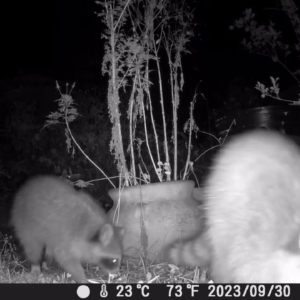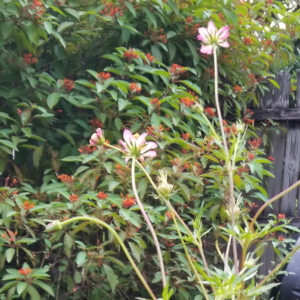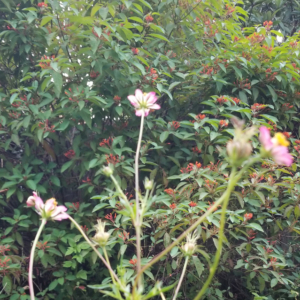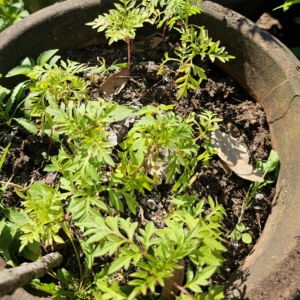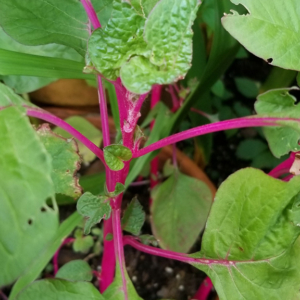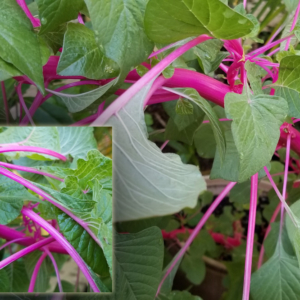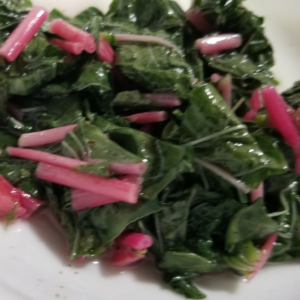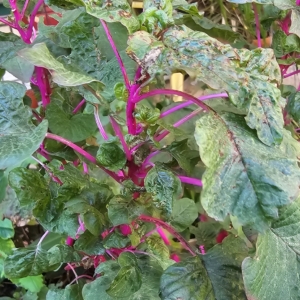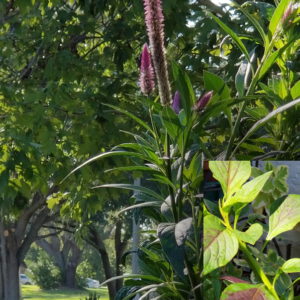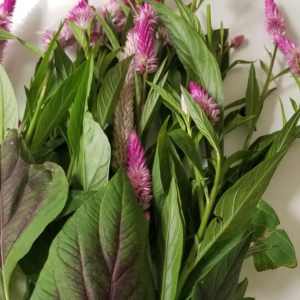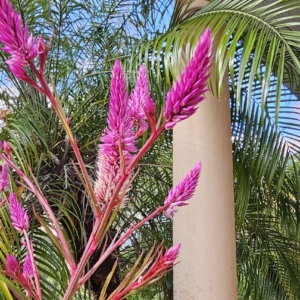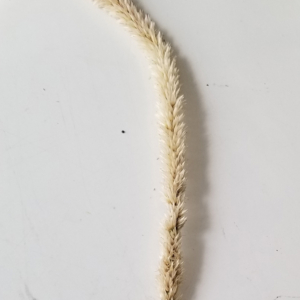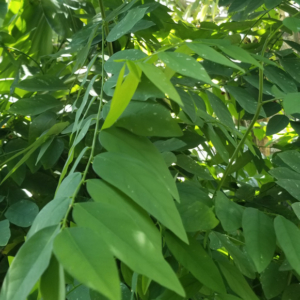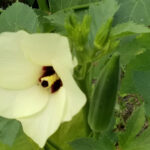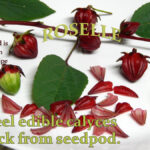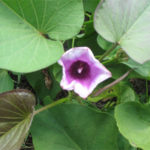For quite a while now I have been interested in learning more about summer greens that are not only nutritious and easy to grow during Central Florida’s hot summers, but also add interesting elements to the landscape. Over the past few years we have witnessed supply chain disruptions and rising food prices, which should make the prospect of growing edible plants even more enticing. And yet many communities controlled by HOAs do not permit vegetable gardens. So my rebellious nature suggests, “Okay. Find things to grow that are not only nutritious, but also ornamental. There are plenty of plants that the average person would never suspect are edible, if not told.
While I prefer perennials for this purpose, some plants that are perennial in a more tropical climate must be treated as annuals or short-lived perennials in Central Florida. It all depends how frosty the weather becomes that seeps down here during any given winter.
The summer greens I chose for 2023 were Wild Cosmos (Cosmos caudatus), Pink Beauty, a pink-stemmed amaranth (Amaranthus tricolor, and Lagos Spinach (Celosia argentea).
Wild Cosmos (Cosmos caudatus) aka Ulam Raja (Kings Salad)
Seed purchased from Truelove Seed
Wild cosmos is native to the Caribbean and Central America, but achieved much more popularity as a green eaten fresh when early Spanish sailors carried the seed to Asia.
Personally, I don’t care for the texture very much. The flavor is a bit strong, even though it is supposed to taste better before the plant flowers. Still pretty strong, in my opinion. I think it might work better for me if chopped very fine and used as a finishing touch, sprinkled over a dish. Maybe a rice dish or stir fry.
I do not question the nutritional value of this plant. In the gallery below you’ll find a trailcam video of raccoons feasting on the seeds. Cosmos seeds are small and thin, and would hardly seem like a desirable snack. The one raccoon can’t seem to get enough.
Amaranth Pink Beauty (Amaranthus tricolor)
Seed purchased from Baker Creek
Pink Beauty amaranth is popular in Southern India for its tender, nutrient-packed, leaves and bright pink stems. I like this plant a lot. I have mentioned before that I never find much insect damage on amaranth varieties, until the plants begin to flower. Well, Pink Beauty just went on and on producing leaves all summer, but never flowered. I added a photo of the plant today, which shows it still holding on in early February. It is somewhat damaged by our recent chilly nights, but is still producing delicious green leaves. No, not in any abundance, you understand, but they can be found. I plan to hold on to this amaranth, take some cutting in a couple of weeks, see what happens.
I’m not positive why Pink Beauty hasn’t bloomed, but suspect it wasn’t getting enough sunlight. If I establish new plants from cuttings, I’ll test some in brighter light.
Lagos Spinach (Celosia argentea)
Seed Purchased from Truelove Seeds
Lagos Spinach is also called Efo Shoko or Nigerian Spinach. This is a quick-growing summer annual or tender perennial that can be grown for the nutritious greens. It can also be grown as an lovely ornamental. The plants easily reach 7 to 8 feet tall over the summer, producing leaves blotched with maroon. These are trouble-free plants, requiring little special attention. Plant a few in the back of the border, and enjoy the spikes of purple flowers. The nutritious leaves will be available as needed. The leaves do best cooked, steamed or boiled like spinach. You only need to save one mature seed spike to collect all the seed necessary for next summer. Depending on our winter weather, Lagos Spinach may survive to bloom another summer. Mine look a little winter-warn right now, early February, but are still blooming.
Summer Greens: A 2023 Update
